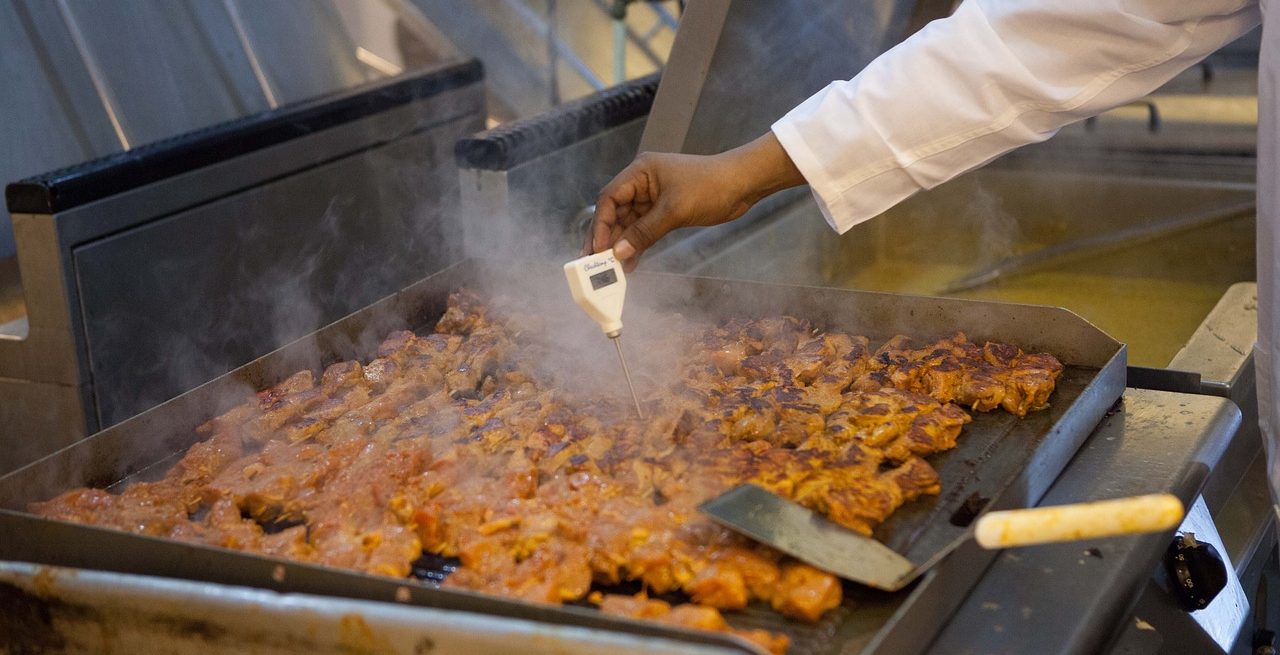Technology Drives Exciting Innovations for ISO Compliance
3 Min Read By Paul Damaren
When restaurants, food businesses, and other organizations become ISO certified, they’re showing that they:
- Prioritize safety, quality, and compliance, following strict guidelines to ensure safe, high-quality foods.
- Respect their customers and work diligently to earn their trust and loyalty.
- Are meeting the demands of key stakeholders (including customers, employees, investors, the media, and influencers) who want to align with reputable, ethical, sustainable, humane, diverse organizations.
ISO certification is widely considered the global gold standard, so it carries a lot of clout. But getting that ISO certification can be expensive, time-consuming, and overwhelming – especially if you’re using manual processes.
Technology Is an ISO Game-Changer
Organizations no longer need to sift through piles of paperwork, desperately trying to find the right documents to prove they’re compliant.
Using manual systems to achieve ISO compliance has numerous flaws. In addition to the hassle of trying to manage certification paperwork in overflowing file cabinets, it’s difficult (or nearly impossible) to spot noncompliance issues in real-time across an enterprise. Trying to manage the ISO compliance process manually is costly, labor-intensive, stressful, and error prone.
Technology, like SaaS-based quality and audit software, has changed the ISO compliance process significantly, making it much faster, easier, more accurate, and less of an administrative burden.
Looking ahead, exciting new tech trends will continue to elevate the ISO process.
- Blockchain technology is being explored as a way to ensure supply chain transparency and compliance with ISO standards, particularly in the food and beverage industry.
- Artificial intelligence (AI) and machine learning are automating many tasks associated with ISO compliance, such as reporting.
- Data analytics is becoming more prevalent in ISO compliance, as companies look for ways to improve the accuracy and efficiency of their compliance efforts.
- Augmented reality tools are improving compliance training and helping employees better understand ISO standards and procedures.
- Automation and the Internet of Things (IoT) are driving increased adoption of technology solutions for ISO compliance and quality management.
Increasingly, organizations are finding that tech solutions offer numerous benefits around ISO compliance, allowing organizations to:
- Reduce risk. Tech tools help organizations quickly identify (and resolve!) any issues to stay compliant. By increasing their safety and quality protocols, organizations can avoid legal, financial, and reputational damage that would likely arise from food safety breaches.
- Meet consumer demand. Consumers want to support organizations that are ethical, sustainable, responsible, humane, trustworthy, etc. ISO compliance is an effective way to demonstrate this commitment and meet consumer demand.
- Automate tasks. Given the choice, wouldn’t you pick the simple, cost-effective, accurate, stress-free option vs. the alternative? Then, become ISO certified using tech tools (easy, automated, streamlined, efficient) instead of manual methods (difficult, time-consuming, error-prone, stressful).
- Centralize data. Skip trying to find a single certification document in an overflowing file cabinet. Instead, rely on SaaS software, which allows you to instantly access the various components of ISO standards – including certification documents, audit information, and operational records – right at your fingertips.
- Improve visibility. Tech tools provide a more comprehensive, real-time view of data, allowing your organization to quickly spot (and fix) any problems immediately so you can stay compliant. It also answers demands from customers, employees, and investors, who want more transparent information about your business practices to understand whether you’re committed to sustainability, diversity, ESG efforts, etc.
- Get recertified. Restaurants should know that ISO certification isn’t just a “one and done” situation. The certification is only valid for three years, and then restaurants need to pass a recertification audit every three years to maintain it. Tech tools simplify this reoccurring effort, manage the necessary documentation, and allow brands to identify and remediate any issues to stay compliant over the long-term.
- Train your employees. Keeping your restaurant safe every day, during every shift, should not be taken lightly. Food safety training must be a priority for all employees on an ongoing basis. Employees should be trained in food safety as part of their onboarding when they’re hired, and regularly throughout their tenure to keep important information top-of-mind. It’s unrealistic to think that you’ll be able to get (or keep) ISO certification without having all employees properly trained around safety protocols.
- Increase KPIs. Achieving ISO certification can help your restaurant showcase your commitment to food safety and quality which can, in turn, increase key performance indicators (KPIs) like sales, profits, customer confidence and loyalty, referrals, employee retention, positive reviews, and more.
Achieving ISO compliance offers considerable benefits for restaurants, and tech tools make this accomplishment significantly easier. SaaS software has improved this process dramatically and, moving forward, innovative new technologies are expected to elevate the ISO compliance process even more.


